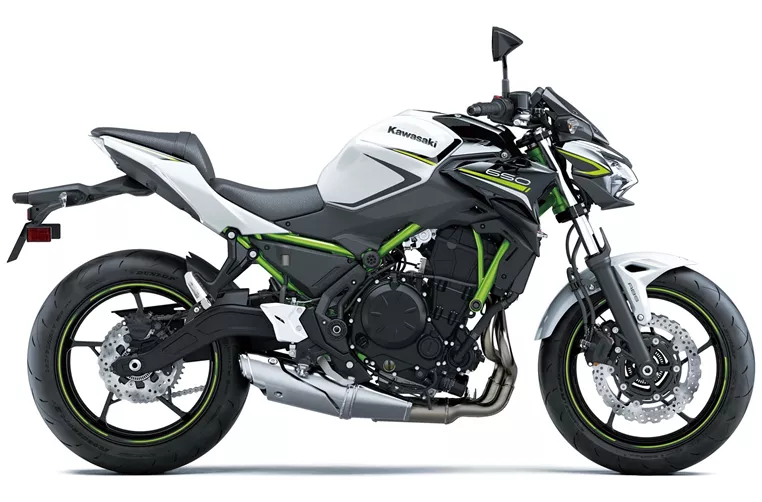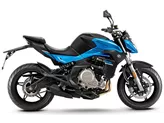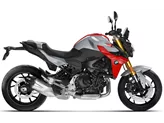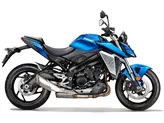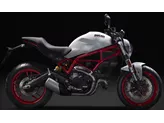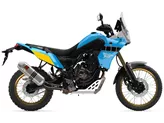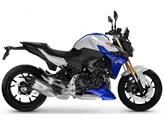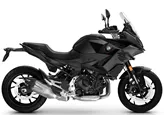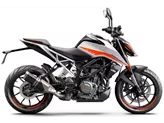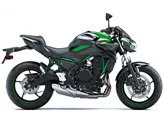Kawasaki Z650 2020 vs. BMW F 900 R 2021
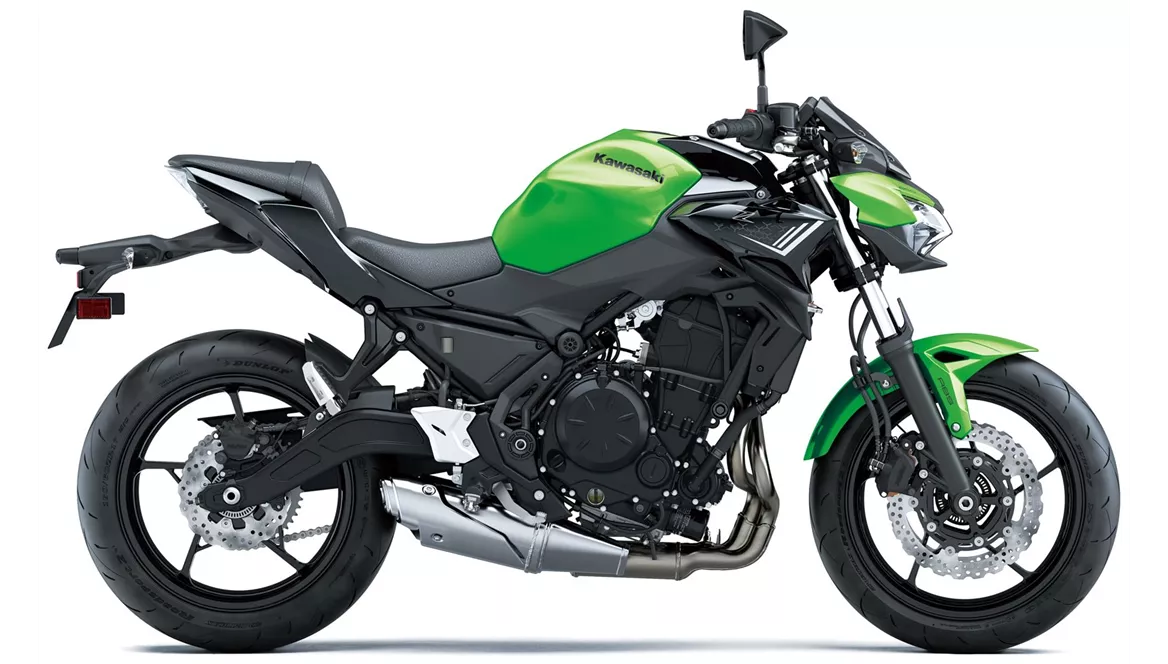
Kawasaki Z650 2020
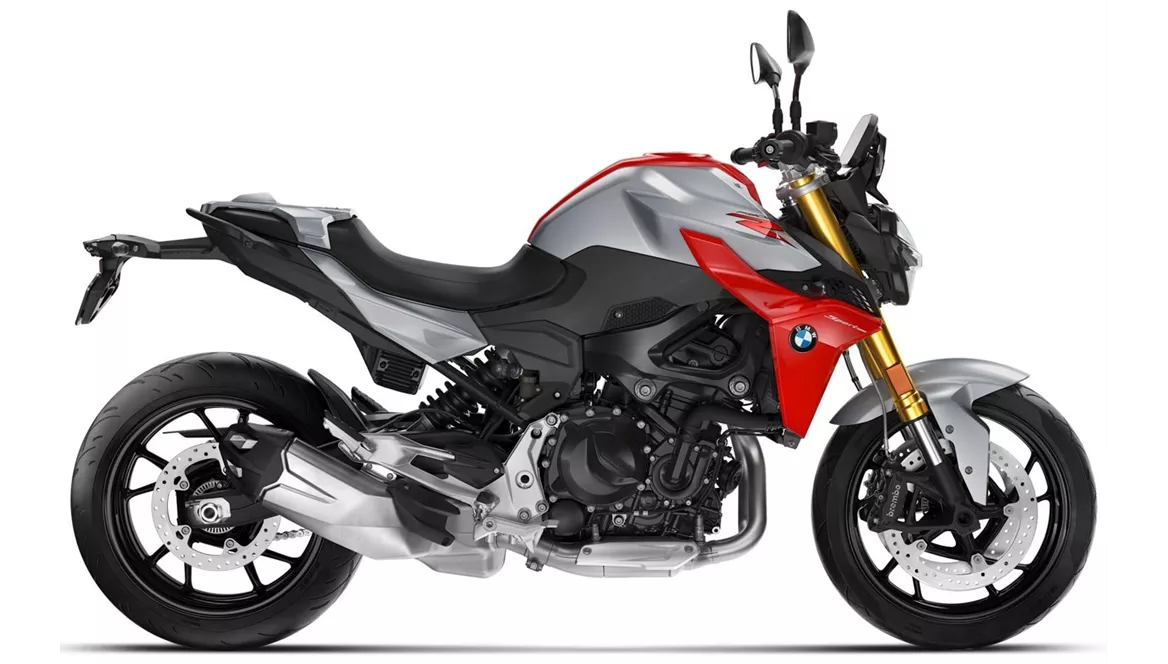
BMW F 900 R 2021
Overview - Kawasaki Z650 2020 vs BMW F 900 R 2021
The Kawasaki Z650 2020 and the BMW F 900 R 2021 are both naked bikes that offer powerful performance and modern features. However, there are some notable differences between the two models.
In terms of engine power, the BMW F 900 R 2021 takes the lead with 105 HP compared to the Kawasaki Z650 2020's 68.2 HP. The BMW also has a higher torque of 92 Nm, while the Kawasaki offers 65.7 Nm. This means that the BMW F 900 R 2021 will likely provide a more exhilarating and dynamic riding experience.
Both bikes have a two-cylinder engine and utilize fuel injection systems for efficient fuel delivery. They also have liquid cooling systems to prevent overheating during long rides. The Kawasaki Z650 2020 has a displacement of 649 ccm, while the BMW F 900 R 2021 boasts a larger displacement of 895 ccm, indicating that it may have a more robust and powerful engine.
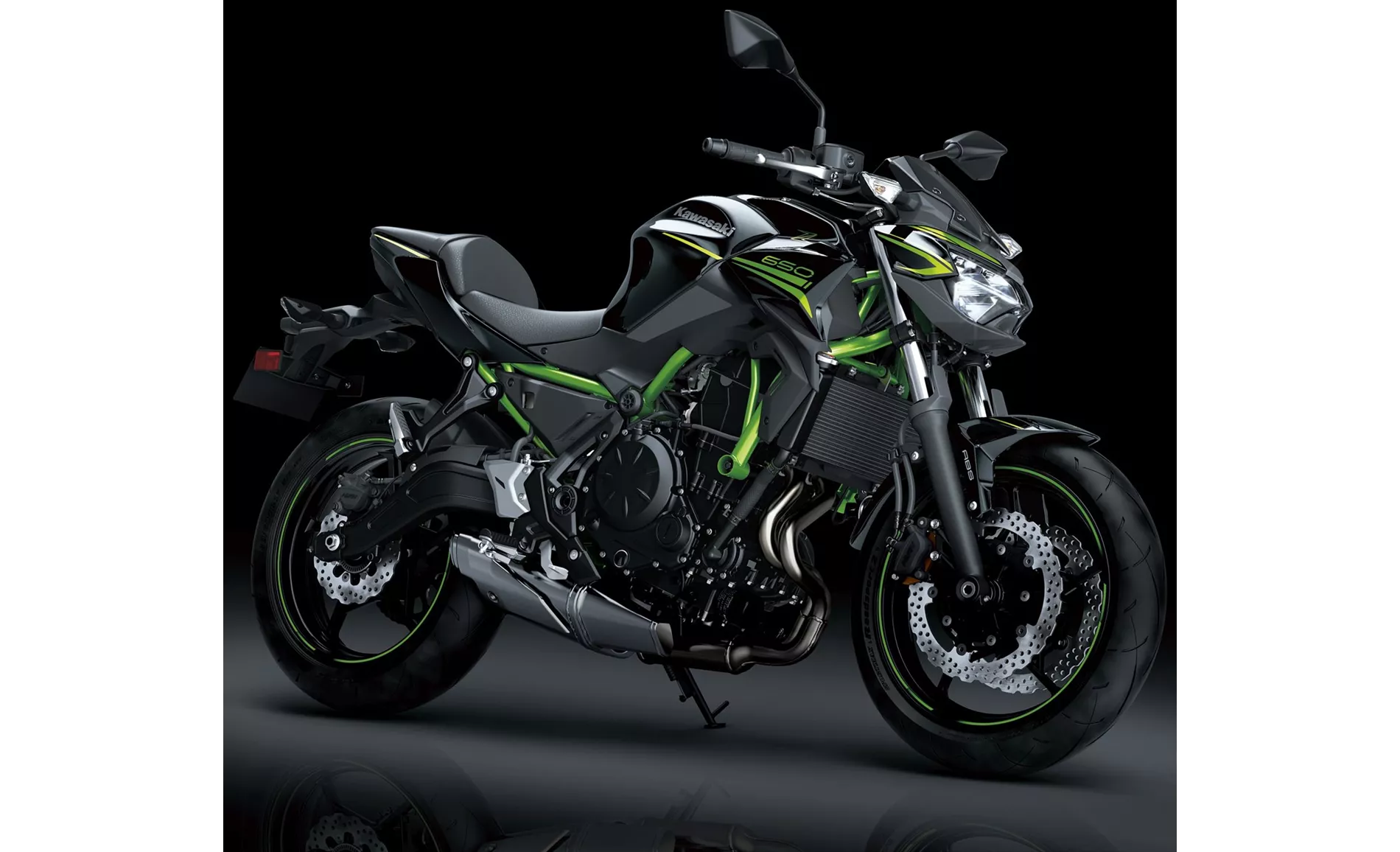
Kawasaki Z650 2020
In terms of suspension, both bikes feature a swing arm and a monoshock rear shock absorber. However, the BMW F 900 R 2021 offers additional adjustment options for preload and rebound, allowing riders to fine-tune their suspension settings for a more personalized riding experience. The Kawasaki Z650 2020, on the other hand, only offers preload adjustment.
When it comes to braking, both bikes feature double disk brakes at the front, but the BMW F 900 R 2021 has larger diameter disks (320 mm) and four-piston calipers, compared to the Kawasaki Z650 2020's 300 mm disks and double-piston calipers. The BMW also utilizes radial brake technology, which provides more precise and powerful braking performance.
In terms of dimensions and weights, the BMW F 900 R 2021 has a longer wheelbase of 1518 mm compared to the Kawasaki Z650 2020's 1410 mm. This longer wheelbase may contribute to the BMW's more stable and planted feel on the road. The BMW also has a higher seat height of 815 mm, compared to the Kawasaki's 790 mm, which may be more comfortable for taller riders.
In terms of equipment, both bikes feature LED headlights and TFT displays. However, the BMW F 900 R 2021 offers additional advanced rider assistance systems such as anti-slipping control and riding modes, providing enhanced safety and performance options.
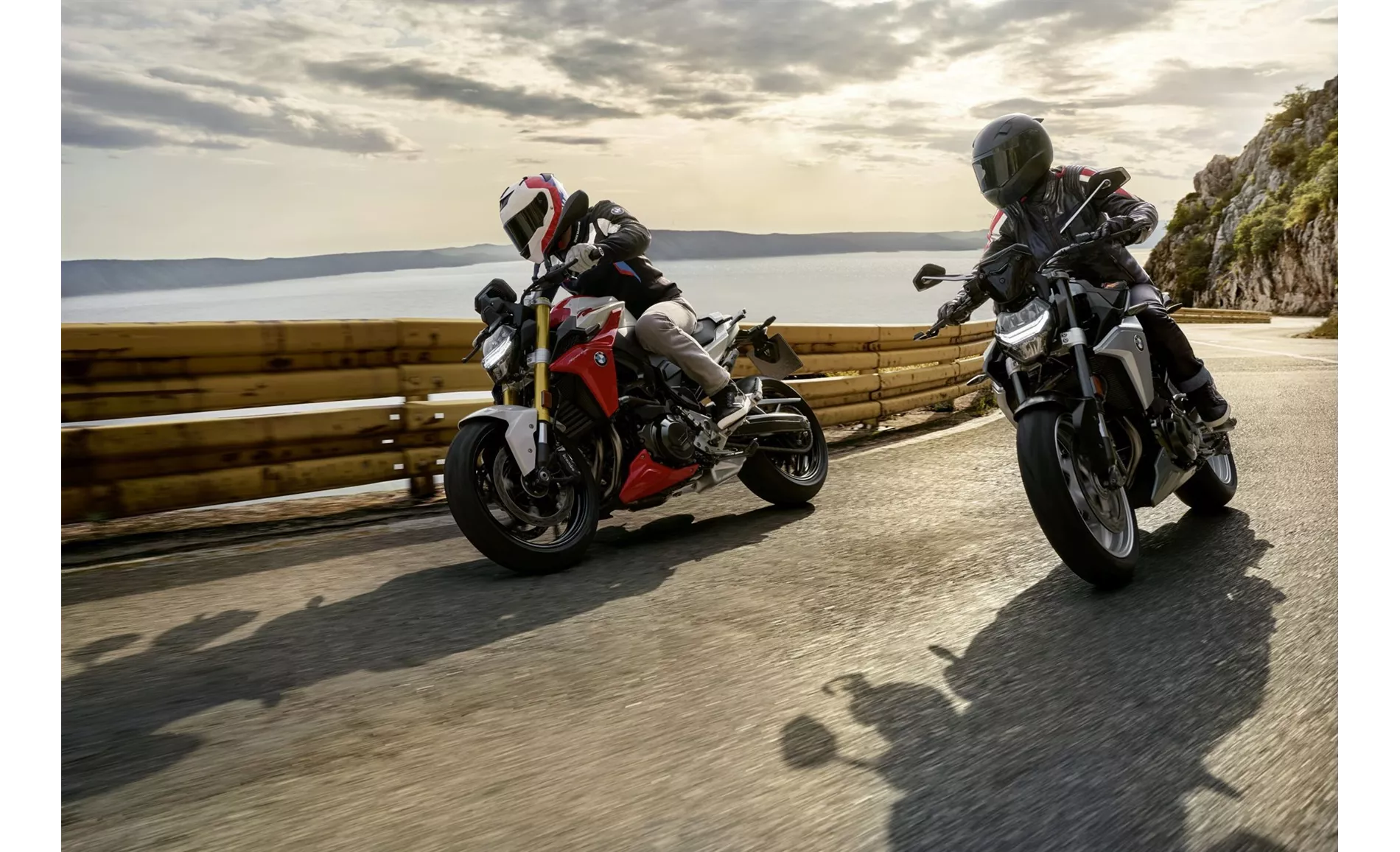
BMW F 900 R 2021
In terms of strengths, the Kawasaki Z650 2020 is praised for its powerful two-cylinder engine, aggressive intake noise, compact dimensions, low seat height, stable chassis, and TFT display with connectivity. On the other hand, the BMW F 900 R 2021 is commended for its great cockpit and functional connectivity, extensive electronics, accessible yet casual handling, pleasant seating position, wide choice of equipment options, and versatile suspension.
In terms of weaknesses, the Kawasaki Z650 2020 is criticized for its front brake pressure point, potential discomfort for taller riders, and the Rideology App not being fully sophisticated. The BMW F 900 R 2021, on the other hand, is noted for its slightly stiff gearstick, rough engine performance at high RPMs, and a poor rear splash guard.
Overall, both the Kawasaki Z650 2020 and the BMW F 900 R 2021 offer impressive performance and features, but the BMW F 900 R 2021 may appeal more to riders seeking a higher level of power, advanced electronics, and a more refined riding experience.
Technical Specifications Kawasaki Z650 2020 compared to BMW F 900 R 2021
Pros and Cons in comparison
Pros and Cons in comparison
Kawasaki Z650 2020

It's simply marvellous what Kawasaki has put together in a complete package with the new Z650. The technical components may not knock your socks off individually, but in combination they make for a pleasantly neutral motorbike that everyone will enjoy. No bitchy idiosyncrasies - simply a naked bike that works really well on winding country roads. Of course, the TFT display, which we don't find in the competition at the moment, is a plus, as is the grown-up look, which is strongly oriented towards the larger Z models. Only the pressure point of the front brake could have been more clearly defined - but you can't have everything in this price range.
BMW F 900 R 2021
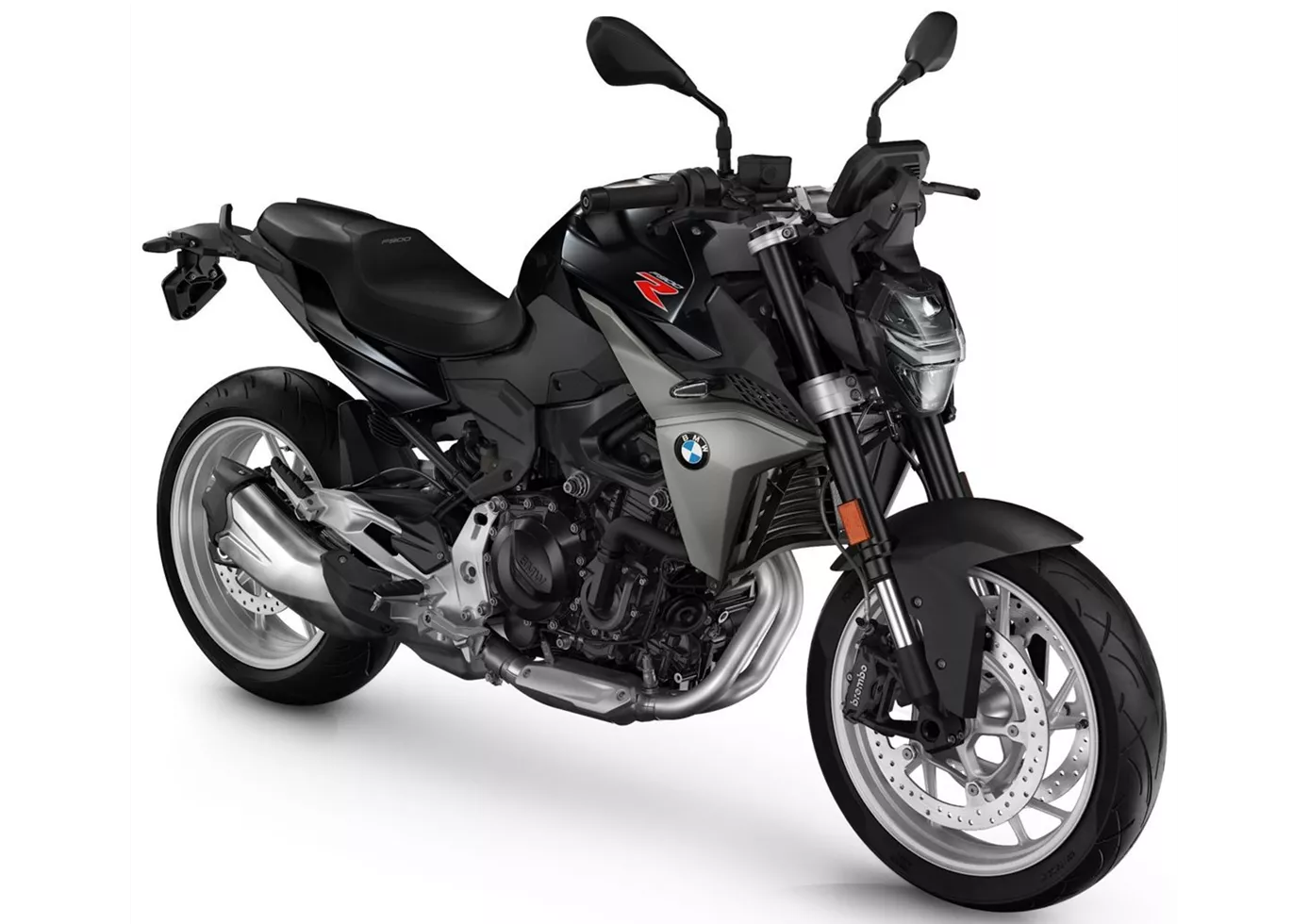
The BMW F 900 R is a full-grown motorbike. 895 cc, 105 hp and 92 Nm smell of versatility. The F 900 R fulfils this promise completely. The motorbike, including electronics and components, does a great job in every situation. But of all things, the heart of the bike, the engine and transmission unit, does not shine in premium gloss.
Price Comparison Avarage Market Price Kawasaki Z650 vs BMW F 900 R
There are a few key differences between a Kawasaki Z650 2020 and a BMW F 900 R 2021. In terms of price, the actual average price of a BMW F 900 R 2021 is about 44% higher. A Kawasaki Z650 2020 experiences a loss of 30 GBP in one year of ownership. This is offset by a loss of 360 GBP for a BMW F 900 R 2021. Compared to BMW F 900 R 2021 there are more Kawasaki Z650 2020 bikes available on the 1000PS.de Marketplace, specifically 21 compared to 17. It takes less time to sell a BMW F 900 R with 67 days compared to 80 days for the Kawasaki Z650. Since model year 2017 1000PS.de editors have written 31 reviews for the Kawasaki Z650 and 24 reviews for the BMW F 900 R since model year 2020. The first review for the Kawasaki Z650 was published on 08/11/2016 and now has more than 25,000 views. This compares to more than 154,700 views for the first review on BMW F 900 R published on 05/11/2019.
